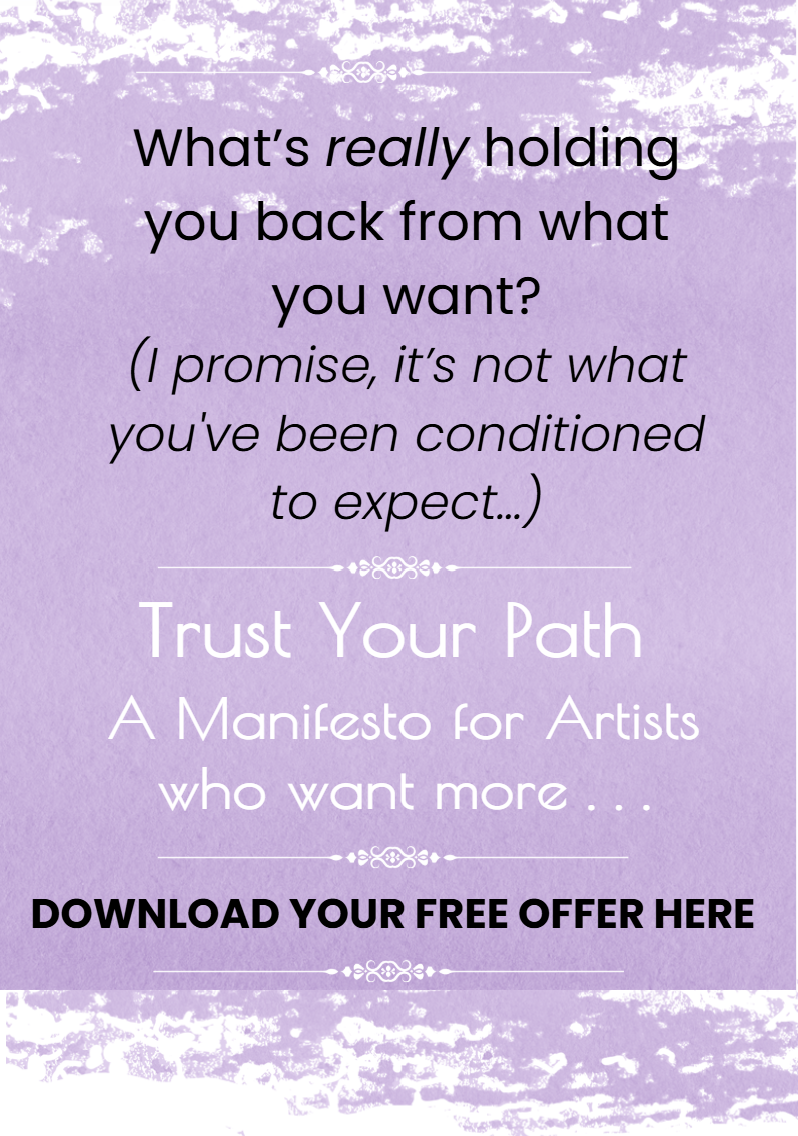 As I illuminated in Part 1, the power of intention is a simple, decades-old practice that blends the spiritual with the psychological and the practical.
As I illuminated in Part 1, the power of intention is a simple, decades-old practice that blends the spiritual with the psychological and the practical.
And then, there’s intention as a specific neurological landscape.
What doesn’t get a lot of airtime is how bringing conscious attention to what you are going to do, and making the simple declaration that you intend to do it, actually changes your brain.
Neurologically speaking, all habits show up in our brains as grooves that grow deeper each time we engage in a specific habit. After a time, those grooves are so embedded in the physiological structure of your grey matter that the slightest trigger immediately ignites a predictable impulse that happens below the radar of your consciousness.
When you hit a roadblock over and over again.
One clue that your brain’s conditioned response is highjacking a project or event that you really want to happen is when you can’t get traction. You’ve identified something that’s important to you, but when you think you’re ready to implement action, something else gets your attention.
Sound familiar?
Your brain is just doing what it does best: responding to recurring stimuli that you’ve given it in the past.
How do you get around this?
I have three steps that can help.
First:
Pay attention to when you shift away from an action. At this point, all I want you to do is notice at what point in the shift you become aware of the shift. No judgments. No dissing yourself. Just notice.
Bringing conscious awareness to the exact beginning of an automatic response is not easy and you’ll need to do this three or more times before you can work on the next step.
Second:
Before you mentally notice a shift, there will be a shift-response somewhere in your body. Our bodies are always our first level of awareness, but because we are so habituated to our mental alertness, we tend to dismiss our bodily intelligence. Noticing a reaction in your body to the neurological beginning of any shift is tricky, but essential.
Again, do this three or more times because it takes practice for your brain to catch up to your bodily awareness. In the beginning, there will be a time lag before you notice the response in your body. Because it’s based on a specific neurological conditioning, this response will be the same each time.
Each time you notice that specific bodily response, the amount of time between the response and when you notice it will shorten until you will be able to catch yourself in time to change the shift so you can do you want.
Third:
Doing the work in steps one and two means you can now identify, almost immediately, when you’ve been neurologically triggered.
And here’s where the magic happens.
Once you become aware that you are about to shift, now you can write down the intention you have for the action you want to take.
Each time you do this, you cheat that groove in your brain. Because you aren’t responding in a conditioned way, that groove not only can’t deepen, it actually begins to shrink.
Practicing conscious intention, as I laid out in Part 1, means you can literally change your conditioning.
Which means, that trickster roadblock that’s hounded you in the past, doesn’t have a chance anymore.
Tell me, what roadblock have you hit lately?
And, if you have any, what strategies have you used?

Your Truth Your Power Your Word Claim it!
A Freebie for you: What Kind of Editor Do You Really Need? In the backwaters of covid-19?








